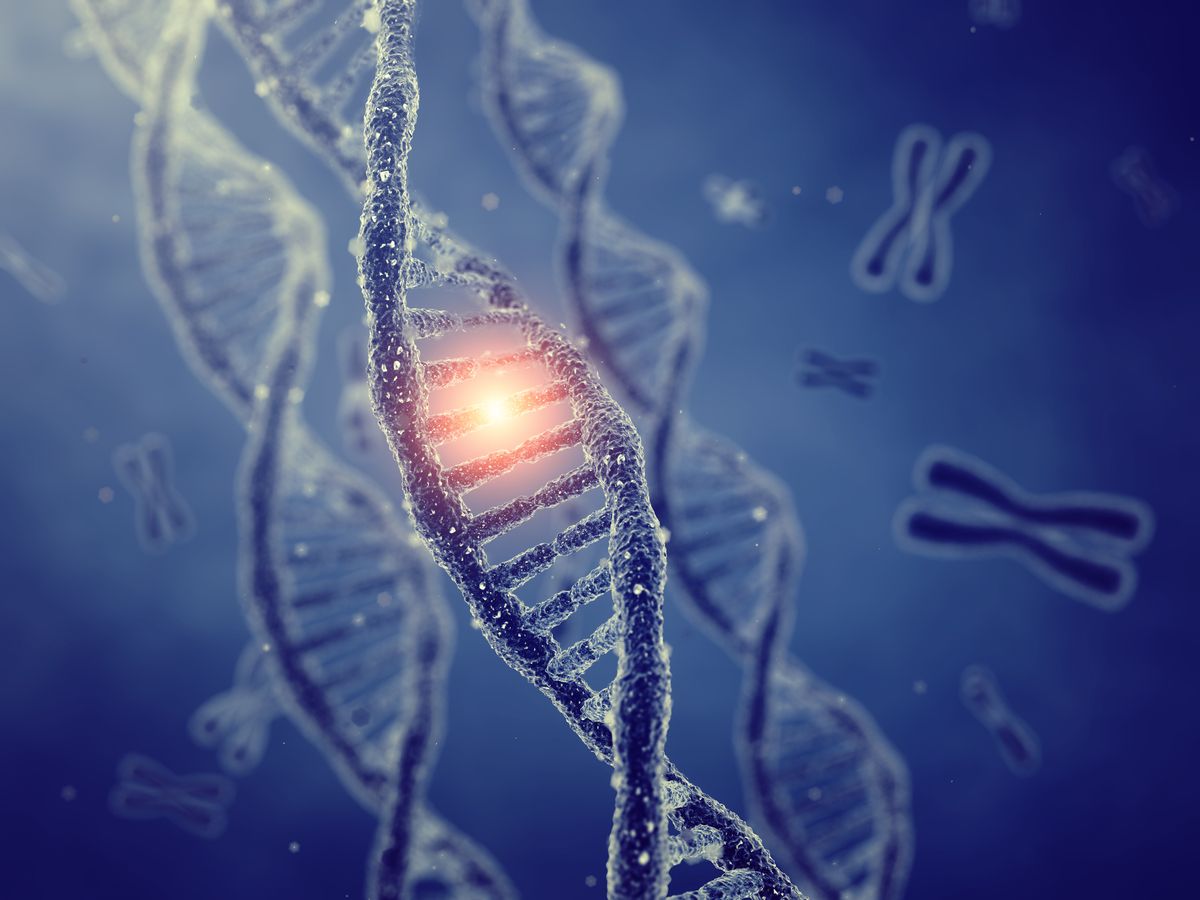Article
Analysis Identifies Possible Biomarkers for Lupus Nephritis in SLE
Author(s):
Five gene hubs were identified, with one in particular appearing to correlate strongly with the pathogenesis of lupus nephritis.
Investigators identified several hub genes that appear to be key biomarkers in the pathogenesis of lupus nephritis (LN).
The discovery may point the way to promising new therapeutic targets and a better understanding of how the life-threatening complication develops. The report was published in Frontiers in Medicine.
Systemic lupus erythematosus (SLE) is a severe autoimmune disorder that can affect multiple organs and systems within the body. One of the most dangerous manifestations of the disease is LN; as many as 30% of patients with SLE who develop LN will go on to experience end-stage renal disease within 15 years of diagnosis, according to corresponding author Hong Jiang, of China’s Zhejiang University, and colleagues.
Given the link between LN and increased mortality, Jiang and colleagues said it is imperative to better understand how LN develops and how best to treat it.
Jiang and colleagues decided to try and identify meaningful biomarkers for LN. To do so, they downloaded a gene expression profile from a genetic database, used weighted gene co-expression network analysis (WGCNA) to construct a gene co-expression network, and then applied a gene ontology analysis to explore the key functions of genes with regard to LN.
Their exploration led to the identification of 5 gene hubs, IFI44, IFIT3, HERC5, RSAD2, and DDX60, which they believe play an important role in the pathogenesis of LN.
IFI44 and IFIT3 are both type I interferon signature genes, Jiang and colleagues said, which are believed to contribute to the pathogenesis of autoimmune diseases. The other 3 genes—HERC5, SRAD2, and DDX60—are interferon induced genes, which the investigators said play an important role in antiviral response.
The authors also assessed 78 patients with LN, 67 healthy controls, and 25 patients with immunoglobulin A nephropathy to help validate their findings.
Among the 5 gene hubs identified, Jiang and colleagues said some appear to play an especially important role. “In independent cohorts, we found that serum IFI44 and IFIT3 can discriminate LN patients from healthy controls, which may act as candidate biomarkers in identifying LN,” they said.
They added that increased gene expression of those 2 genes was seen in patients with SLE when compared with healthy controls.
“What's more, IFI44, as an LN-specific biomarker, can distinguish between active LN patients and inactive ones,” they wrote.
The authors said their findings may help clinicians better understand the pathogenic basis of LN and may help investigators by providing candidate biomarkers to treat LN.
However, the authors noted some limitations to their findings. For one, their entire validation cohort was made up of Chinese patients, and therefore the findings may not be generalizable to other ethnic and racial groups. They also said their sample sides were limited, and thus findings would need to be replicated in larger studies.
“Third, the exact mechanisms of the identified genes in the occurrence and progression of LN need to be further investigated,” they said.
In the meantime, Jiang and colleagues said their findings point to a possible path forward that could one day reduce mortality rates associated with LN, and with SLE more broadly.
Reference:
Shen L, Lan L, Zhu T, et al. Identification and validation of IFI44 as key Biomarker in lupus nephritis. Front Med (Lausanne). Published online October 25, 2021. doi:10.3389/fmed.2021.762848





